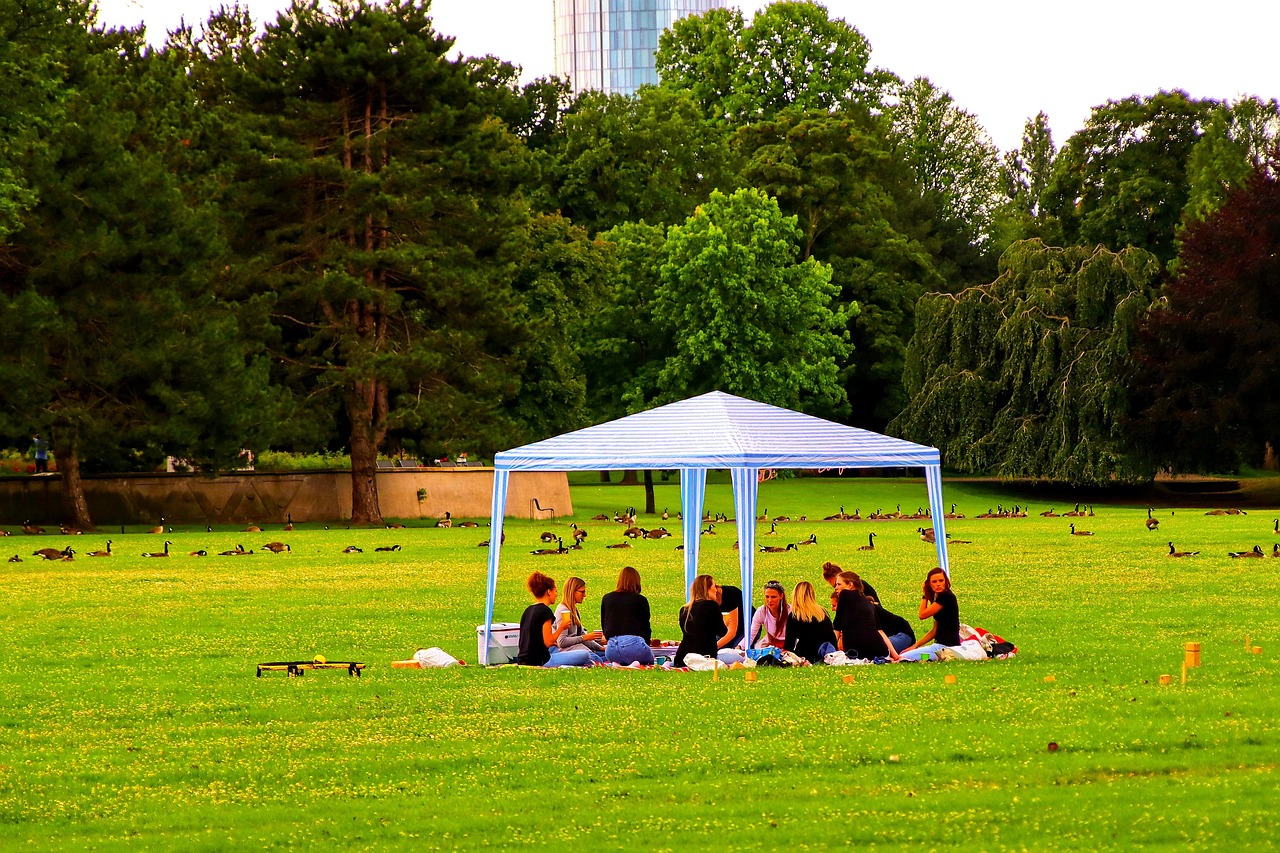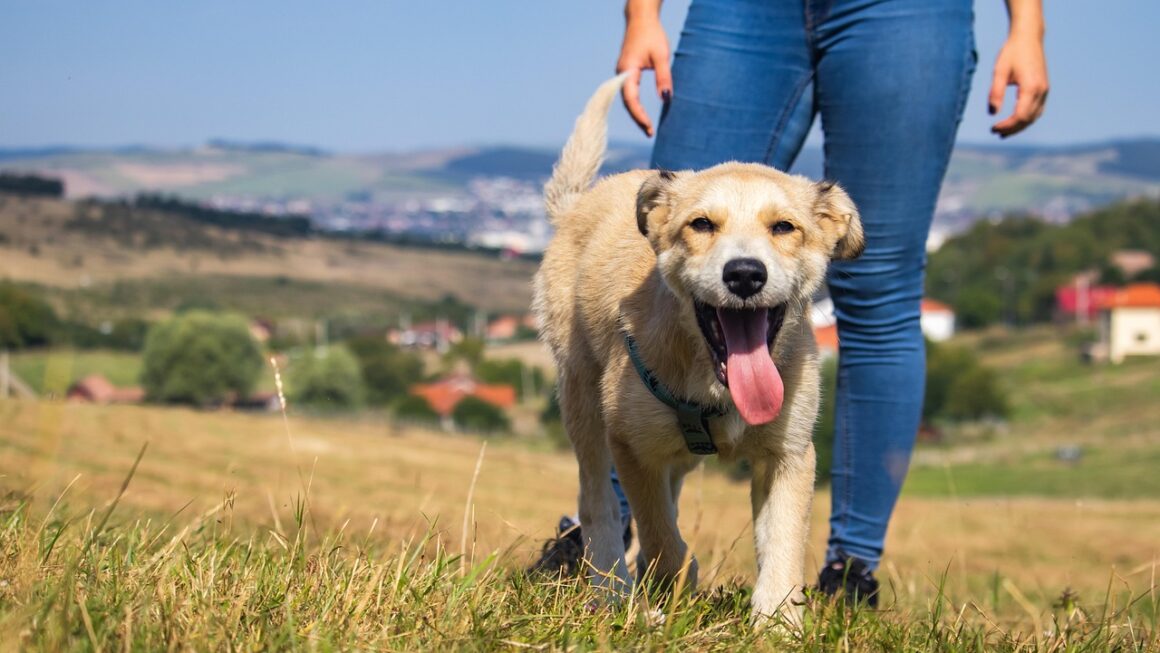Friendship, a cornerstone of human connection, isn’t a static entity. Like any thriving relationship, it requires nurturing, understanding, and adaptation to navigate the ever-changing landscape of life. Sometimes, friendships flourish effortlessly, while other times, intentional effort is needed to cultivate deeper bonds. This blog post delves into the nuances of friendship growth, providing insights and practical tips to help you foster meaningful and lasting connections.
Understanding the Stages of Friendship Growth
Friendships aren’t born fully formed; they evolve through distinct stages. Recognizing these stages allows you to better understand the natural ebbs and flows of your relationships and anticipate potential challenges.
The Acquaintance Stage
- Initial Interactions: This is where it all begins – a shared class, a mutual friend, or a chance encounter at an event. Interactions are often superficial and focused on discovering common interests.
- Building Rapport: Start with small talk and identify shared interests or values. For example, discuss your favorite movies after finding out you both enjoy a particular genre.
- Practical Example: Consider joining a book club or a sports team to meet like-minded individuals and foster initial connections based on shared activities.
The Casual Friend Stage
- Increasing Frequency of Contact: Moving beyond occasional encounters, you begin to see each other more regularly, perhaps grabbing coffee or working on a project together.
- Sharing More Personal Information: You start revealing more about your life, values, and experiences, deepening the sense of connection.
- Example: Instead of just talking about work, share a funny anecdote from your weekend or a challenge you are facing. This vulnerability builds trust.
The Close Friend Stage
- Mutual Support and Trust: This stage is characterized by a strong sense of trust, loyalty, and mutual support. You feel comfortable sharing your deepest thoughts and feelings.
- Navigating Conflicts Constructively: Disagreements are inevitable, but close friends learn to communicate openly and resolve conflicts in a healthy way.
- Data Point: Studies show that individuals with strong social support networks experience lower rates of depression and anxiety. Nurturing close friendships significantly impacts mental well-being.
- Example: If a friend is going through a difficult time, offer a listening ear and practical support, such as helping with errands or providing a comforting meal.
The Intimate Friend Stage (Optional)
- Deep Emotional Connection: Some friendships reach a level of deep intimacy, characterized by profound understanding and unconditional acceptance. This isn’t necessary for all friendships, but it can be incredibly rewarding.
- Boundaries Remain Important: Even in intimate friendships, it’s crucial to maintain healthy boundaries and respect each other’s needs and limitations.
- Note: Not all friendships reach this stage, and that’s perfectly okay. The depth of connection varies from friendship to friendship.
Nurturing Friendship Through Shared Experiences
Shared experiences create lasting memories and strengthen the bonds of friendship. These experiences don’t have to be grand or expensive; the key is to engage in activities that foster connection and create a sense of shared history.
Planning Activities Together
- Brainstorming Ideas: Involve your friends in the planning process. Ask them what they enjoy doing and suggest activities that cater to everyone’s interests.
- Variety is Key: Mix it up! Try new restaurants, explore local hiking trails, attend concerts, or even volunteer for a cause you both care about.
- Example: Create a rotating schedule where each friend takes turns planning the monthly outing.
Creating Traditions
- Establishing Rituals: Traditions provide a sense of consistency and belonging. This could be anything from weekly coffee dates to annual camping trips.
- Celebrating Milestones: Acknowledge birthdays, anniversaries, and other important events in your friends’ lives.
- Practical Tip: Schedule a recurring event, such as a game night every Friday, to ensure consistent interaction and build anticipation.
Overcoming Distance
- Staying Connected Virtually: When physical distance separates you, leverage technology to stay in touch. Video calls, messaging apps, and social media can help bridge the gap.
- Planning Visits: Make an effort to visit each other when possible. Even a short weekend trip can reignite the connection.
- Actionable Takeaway: Schedule regular video calls, even if it’s just for 15-20 minutes, to maintain a sense of closeness and stay updated on each other’s lives.
Communication: The Lifeline of Friendship
Open, honest, and respectful communication is essential for maintaining healthy friendships. It allows you to understand each other’s needs, address conflicts constructively, and build a stronger bond.
Active Listening
- Paying Attention: Put away your phone, make eye contact, and truly listen to what your friend is saying.
- Empathy and Understanding: Try to see things from your friend’s perspective and acknowledge their feelings.
- Example: Instead of immediately offering advice, simply say, “That sounds really difficult. I’m here for you.”
Expressing Your Needs
- Honesty and Clarity: Communicate your needs and expectations clearly and respectfully.
- Setting Boundaries: It’s important to establish healthy boundaries in your friendships to protect your own well-being.
- Example: If you need some time alone, politely explain to your friend that you’re not available for a social gathering but would love to catch up later.
Conflict Resolution
- Addressing Issues Promptly: Don’t let resentment build. Address conflicts as soon as they arise in a calm and respectful manner.
- Finding Common Ground: Focus on finding solutions that work for both of you.
- Remember: Disagreements are normal in any relationship. It’s how you handle them that matters.
Adapting to Change and Growth
Life is full of transitions – new jobs, relationships, moves, and personal growth. Friendships that can adapt to these changes are more likely to stand the test of time.
Supporting Individual Growth
- Celebrating Successes: Be genuinely happy for your friends’ accomplishments and offer encouragement during challenging times.
- Respecting Differences: Acknowledge that you and your friends may have different values, beliefs, and goals.
- Example: When your friend starts a new business, offer your support by sharing their posts on social media or providing helpful feedback.
Navigating Life Transitions
- Open Communication: Discuss how life changes are impacting your friendship and find ways to adapt.
- Flexibility and Understanding: Be willing to adjust your expectations and routines to accommodate your friends’ changing circumstances.
- Practical Tip: Understand that your friends’ availability might fluctuate depending on what’s going on in their lives, and try to be accomodating.
Letting Go When Necessary
- Accepting Endings: Sometimes, friendships naturally fade away. It’s important to accept that not all friendships are meant to last a lifetime.
- Focusing on Positive Memories: Cherish the good times you shared and move forward without resentment.
- Important: It’s okay to mourn the loss of a friendship. Allow yourself to feel the sadness and move on.
Conclusion
Friendship growth is an ongoing journey, requiring effort, understanding, and a willingness to adapt. By understanding the stages of friendship, nurturing shared experiences, prioritizing communication, and adapting to change, you can cultivate meaningful and lasting connections that enrich your life. Remember, the most rewarding friendships are those that are built on mutual respect, trust, and a shared commitment to growth. Invest in your friendships, and you will reap the countless benefits of having a strong support network by your side.




